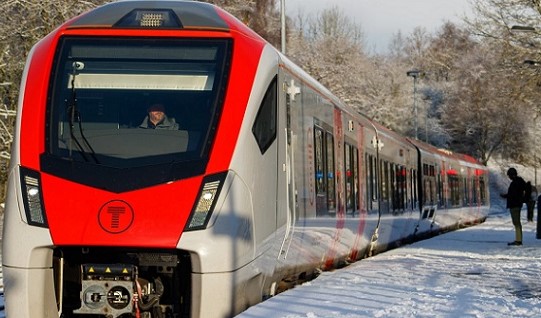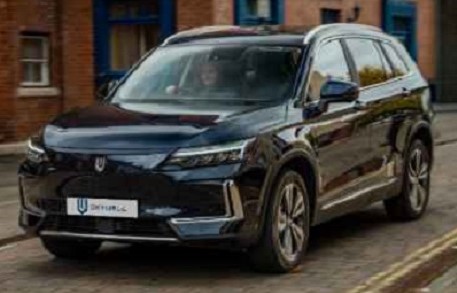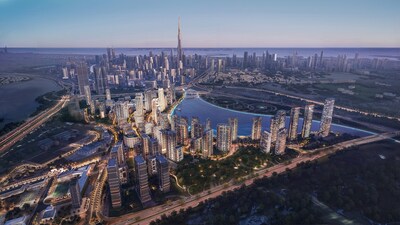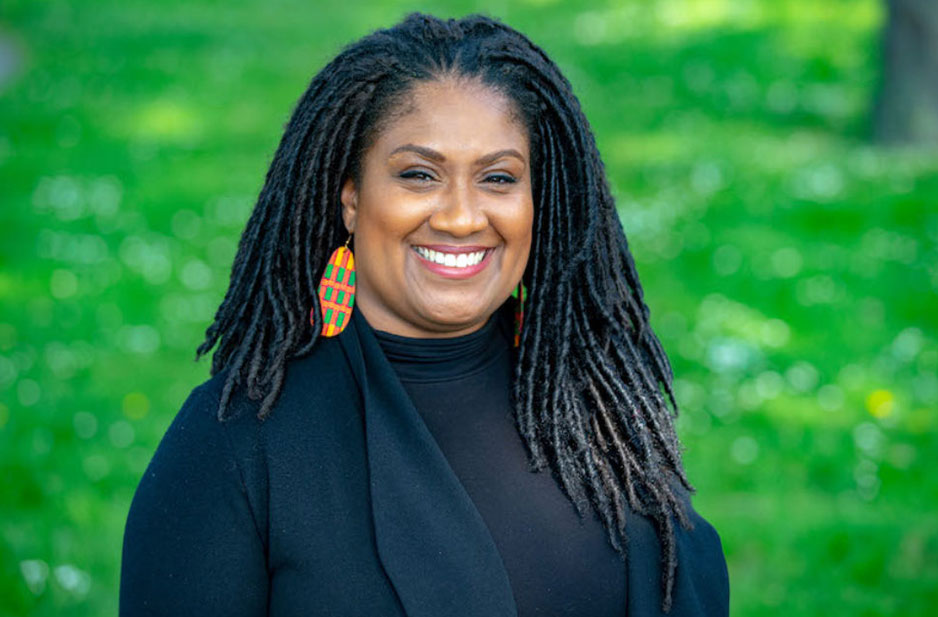The Moravian Church members who settled in Pennsylvania in the mid-18th century lived simply and worked hard.
They laboured in dozens of trades and farmed to support their church’s missionary efforts in the New World, while championing ideals of education, industry and equality. The settlement they named Bethlehem on Christmas Eve 1741 brought architectural and engineering advances, including the first pumped municipal water supply, to what would become the United States.
Yet in many ways, the settlement in Bethlehem, Pennsylvania, appears strikingly similar to other Moravian communities around the world. Bethlehem’s design appears identical to Herrnhut, Germany, in central Europe, where the Moravians, a protestant Christian denomination, emigrated from, says LoriAnn Wukitsch of Historic Bethlehem Museums and Sites.
Other similarities include the design of the church in the town centre and a traditional Moravian trombone choir. The United Nations Educational, Scientific and Cultural Organization (UNESCO) recently added Bethlehem’s 10-acre Moravian Church settlement to its World Heritage List in a transnational designation with several sites in Europe.
Also listed in July were the Moravian Church settlements in Herrnhut, Germany, and Gracehill, Northern Ireland. The three sites join Christiansfeld, Denmark’s Moravian Church site, which was added to the UNESCO list in 2015.
While Bethlehem draws thousands for its German-themed Christmas market each year, Wukitsch said the UNESCO designation has brought an uptick in international visitors. Tourists from 14 countries have visited since the July designation — the first transnational UNESCO designation for any historical site in the United States.
Each of the designated settlements in the U.S. and Europe share architectural characteristics common to the Moravian Church but each has been adapted to local conditions, according to UNESCO’s website. And each has an active congregation that continues church traditions and represents a “living Moravian heritage.”
The Moravian Church remains a vital part of the Bethlehem community and is involved in preserving the site. The conservation organization, World Heritage USA , says Bethlehem’s historic buildings represent “some of the most important structures and sites relating to the Moravians in the Americas,” and are “an outstanding example of Moravian architecture and town planning.”
The site’s 10 structures include a church, a chapel, residences and ruins. In the 1700s, Moravians in Bethlehem farmed thousands of acres and engaged in blacksmithing, carpentry, pottery and other trades to support the church’s missionary efforts in North America, according to the Encyclopedia of Greater Philadelphia.
During an October visit to Bethlehem, U.S. Department of State Deputy Secretary for Management and Resources Richard Verma commended the Moravian Church’s belief in universal fellowship across national, ethnic and gender lines, as an important foundation for universal ideals. “The designs of these settlements were based on ancient visions of the ‘ideal city’ and anticipated what later would emerge as European enlightenment ideals of equality and social improvement,” he said.
Bethlehem Mayor J. William Reynolds said the community has long cherished and preserved the Moravian Church Settlements in Bethlehem. “The designation as a UNESCO World Heritage Site is a profound testament to the unmatched historical and cultural significance of Bethlehem and the enduring legacy of the Moravian Church.”











